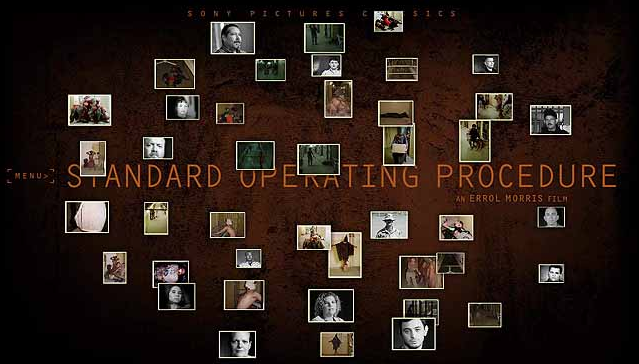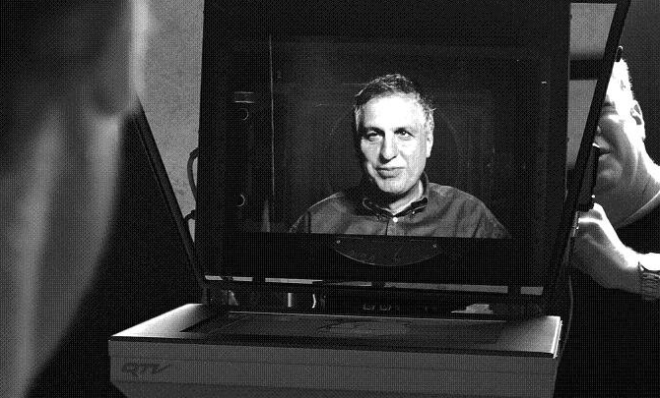I’ve been exploring a little in the documentary space, and watching some things that I normally wouldn’t class as documentary in order to try and understand more nuances to the genre. To that end, I watched an episode of the show Australian Story, and would like to talk about it a little here.

The specific episode that I watched was called “The Bridge” and centred around Donna Thistlethwaite. More specifically, it centred around a single event in her life which occurred on Sunday the 12th of August, 2012. That day, she climbed over the railing of Brisbane’s Story Bridge and jumped into the river below in an attempt to commit suicide.
While the show begins with the reporter type voice of Caroline Jones introducing the person and situation which is about to be viewed, it then shifts into appearing to be a more documentary style production that television interview, and so excludes the this influence of the interviewer from that point forwards. The audience never hears the interviewer ask a question, or appear in front of the camera at any point. Instead, the modality appears to be very comfortably within the realm of expository documentary.
So this begs the question, what really is the difference between broadcast TV and documentaries? Why is this episode of a television series not thought of a a documentary, but films of a similar length covering similar subject matter could be thought of in this way? Well the simple form of the answer seems to be that broadcast TV is shot to be seen by as many people as possible, while documentaries are shot to pass on a message with nuance (“What is the difference between documentary and broadcast?”, n.d.). This increase in audience is usually thought of as a loss in subtlety and layered meaning, or as put by former journalist and now documentarian Tim Hetherington “You can present something on network news that has clarity but doesn’t necessarily have nuance” (Kasson, 2010). The other primary difference is that while documentaries are able to use distinct and unique styles in their presentation, editing and interviews, shows like Australian Story are designed to have a recognisable style and look which is consistent from episode to episode (Chapman & Kinsey, 2009). This style dictates how interviews will look, the style of the general editing as well as the type of overlay used along with how it is used.

As this particular episode of Australian Story was about a woman who had survived her suicidal jump off the Story Bridge, the majority of the overlay was showcasing Donna, alone when describing the lead up to and the suicide attempt, but with her family when describing how she has bounced back. However, the bridge itself had a large visual presence in the story, as did the river and examples of the ferry that pulled her out of the water. While very literal, this overlay enhanced the story by giving additional context to the story being verbally told.
The verbal story being told was the heart of the show, however, and the emotional core and genuine feelings of Donna was the compelling part of this show. The highlighting and focus on the issue of an actual suicide attempt by someone who you would not associate with being suicidal creates an interest in the audience to understand this person and how they have grown since the attempt. In this way, the show is very effective as I was engaged throughout the whole 28 minute running time.
Bibliography
Chapman, J., & Kinsey, M. (2009). Broadcast Journalism: A Critical Introduction. London: Routledge.
Kasson, E. (2010). The Message Is the Medium: The Difference between Documentarians and Journalists. International Documentary Association. Retrieved from http://www.documentary.org/magazine/message-medium-difference-between-documentarians-and-journalists
Taylor, K. [Producer]. (2017). Australian Story: The Bridge. Australia: Australian Broadcasting Company.
What is the difference between documentary and broadcast?. WikiDiff. Retrieved from http://wikidiff.com/documentary/broadcast












